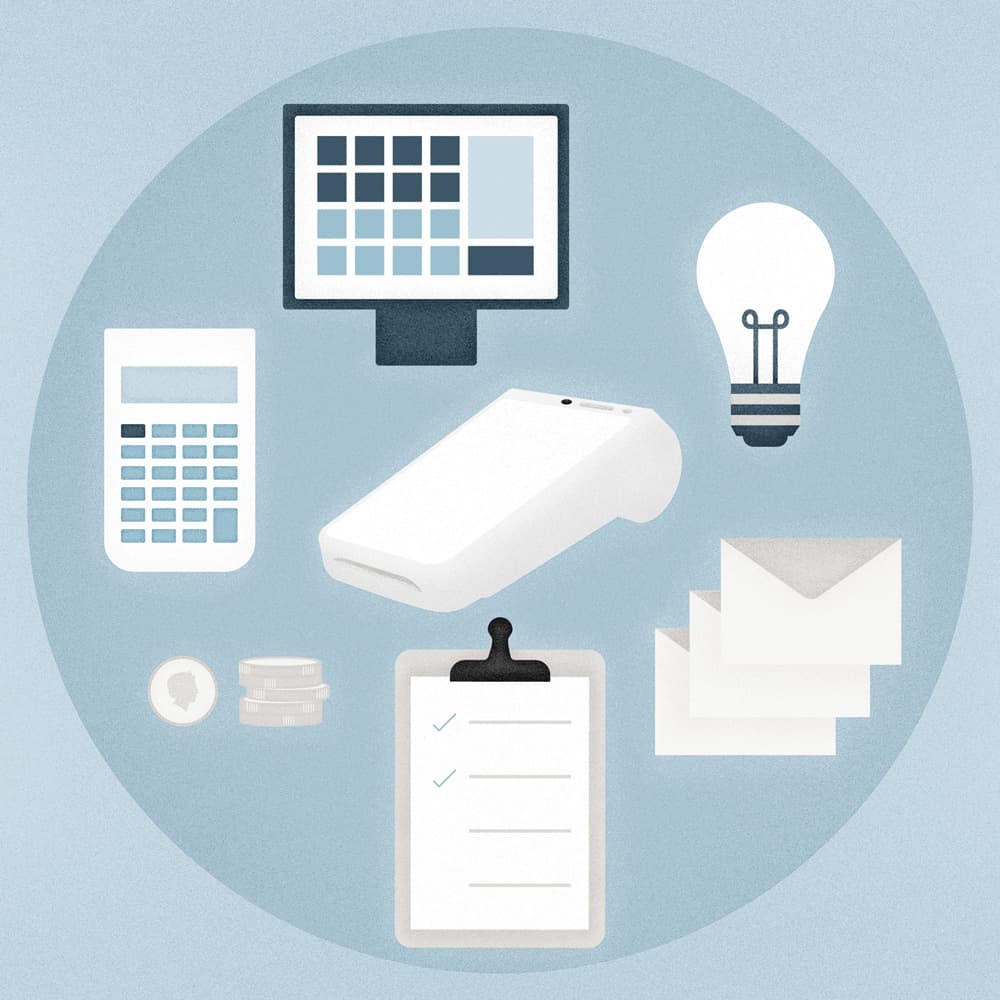
- Business Growth & Optimisation
Launching a Brand: How to Make a Powerful First Impression
Take advantage of this golden opportunity to win customers.
The success of your new business hinges on a number of key elements, including the quality of your product or service, market fit, and customer perceived value. You’ve likely already considered these things in writing your business plan. But have you paid much attention to the way your brand identity will take shape?
By strategically developing your brand, you can create and foster strong relationships with customers — both of which build a stronger path to new business. To develop that winning brand, you need to think beyond just a logo.
There are a number of things you can do to grab customers’ attention and make a lasting impression, without breaking the bank. All it requires is time, planning and commitment to your business’ new brand.
What is a brand launch?
Establishing a strong brand is one of the best things you can do for your business in the early days. The process itself typically involves putting a face and a voice to your business. Think logo, colour palette, font, positioning, tag line, tone of voice — these are all elements of your own distinct brand.
As a new business owner, you’ll likely be starting from scratch with a blank canvas. This means you’re in the exciting position of choosing exactly how you wish to position your business in the marketplace, who you aim to serve, and how. Your opportunity is endless.
As an existing business owner, you may be considering a rebrand. This means you’ll be going back to the drawing board, and will need to consider how your business is already perceived — and develop a communications strategy to let your existing customers know about the change. Whether you want to reposition your business in the market, or expand into new fields or locations, rebranding is the perfect opportunity to breathe new life into your evolving brand.
Why is branding critical to launch success?
It can be helpful to think of your business as a public figure. What is its reputation? Is it well known? Can it be trusted? These are all questions that can be answered confidently with a strong brand. In fact, getting your launch right can do wonders for your brand recognition, trust, loyalty and growth. Effective positioning can also set you apart in the market, giving potential customers a unique reason to choose you over the competition.
At a time where markets are growing more saturated with every new financial year, it’s never been more important to stand out to your customers. So, how do you grab attention with a brand launch?
5 steps to successfully launching your brand
1. Define your brand identity
First, you need to figure out “who” your business is. How would you describe it? What do you want the business to be known for? Why does it exist? What will you do differently to your competitors? These are all questions that will help you paint a picture of your brand’s public identity.
Once you have that all-important clarity, you can start bringing a sense of consistency to your brand’s execution at every touchpoint. Your identity will inform your website copy, email newsletters, Instagram posts, and more. Strong and consistent branding is how you grab (and keep) attention.
2. Establish your brand’s target audience
Have you invested time in researching exactly who needs your product or service? Establishing your brand’s primary audience early is extremely helpful for piecing together your brand. This is because you want to speak your customers’ language.
When you understand your target audience, you are better positioned to curate a brand voice and image that will resonate with those specific consumers. Spend some time getting to know your potential customers, as well as competitors and their audiences. These observations will help steer your brand in the right direction.
3. Align your goals and mission
You’re starting your business for a reason. Perhaps it’s to give mothers a fashionable, sustainable alternative to children’s fast fashion, or to offer 24-hour plumbing services in remote Victoria. Whatever it is, you should use this purpose to inform your branding. In fact, you should have already determined your vision and objectives in your business plan. Use these documents as a foundation for your branding.
As a sustainable children's clothing designer, you could consider introducing natural motifs to your branding, and incorporating muted, natural shades such as olive green, browns and beige into your brand palette. On the other hand, a plumbing business might use the colour blue in their logo. Blue signifies trust, loyalty and competence — all of which are desirable elements in a tradesperson.
4. Build your brand identity
The best brands can be identified in a heartbeat. Consider the likes of Nike, McDonald’s and Coca-Cola. These brands could be picked out from a logo line up in a heartbeat, even without their brand name attached to it. That’s because careful consideration has gone into how those brands look and feel. Everything from typography, logos, icons, tone of voice, colour palettes, and illustrations can play a part in how well your brand resonates with its customers.
The most important consideration in developing your brand’s visual identity is the hero colour. Colour can considerably strengthen (or weaken) your brand. In fact, one study found that up to 90% of snap judgements made about products are based on colour alone. Once you’ve chosen a brand colour, it will be used across your logos, website, in email signatures, and likely even throughout your business premises. It’s not a decision that should be taken lightly.
For added consistency, explore investing in a style guide. This will help define your brand attributes, ensuring the same brand look and feel is rolled out across all of your customer touchpoints — from website pages to business cards. You can even put your logo, brand tagline and social media handles on your Zeller receipts to reinforce your business' brand in the minds of customers. Remember, consistency is key.
5. Lock in your launch date
While you might be itching to launch your beautiful brand into the wild, building anticipation can help ensure your business is a success right from the start. In fact, it can be quite a powerful marketing strategy. Spreading the word about the imminent launch of your brand can help drive intrigue, word-of-mouth, and even demand in the lead up to your official brand launch.
You might consider teasing the brand launch with a countdown timer on your website. Or, more simply, with posters placed strategically near your new business location. You don’t have to fork out for expensive videos or photography. Instead, be clever about the channels you have at your disposal.
Launching a new brand may feel intimidating, but it doesn’t have to be. Establishing your brand launch strategy early will give you the best chance of success. From the way you communicate with prospective customers, to what you post on your business’ Instagram profile, each element of your brand plays an important part in making a powerful first impression. By following the tips above, word will soon spread about your new business.
Now that you know how to ensure your brand launch is a success, it’s time to grow your business. Sign up to our Business Blog to discover how to market to new customers, scale your business, and more.



